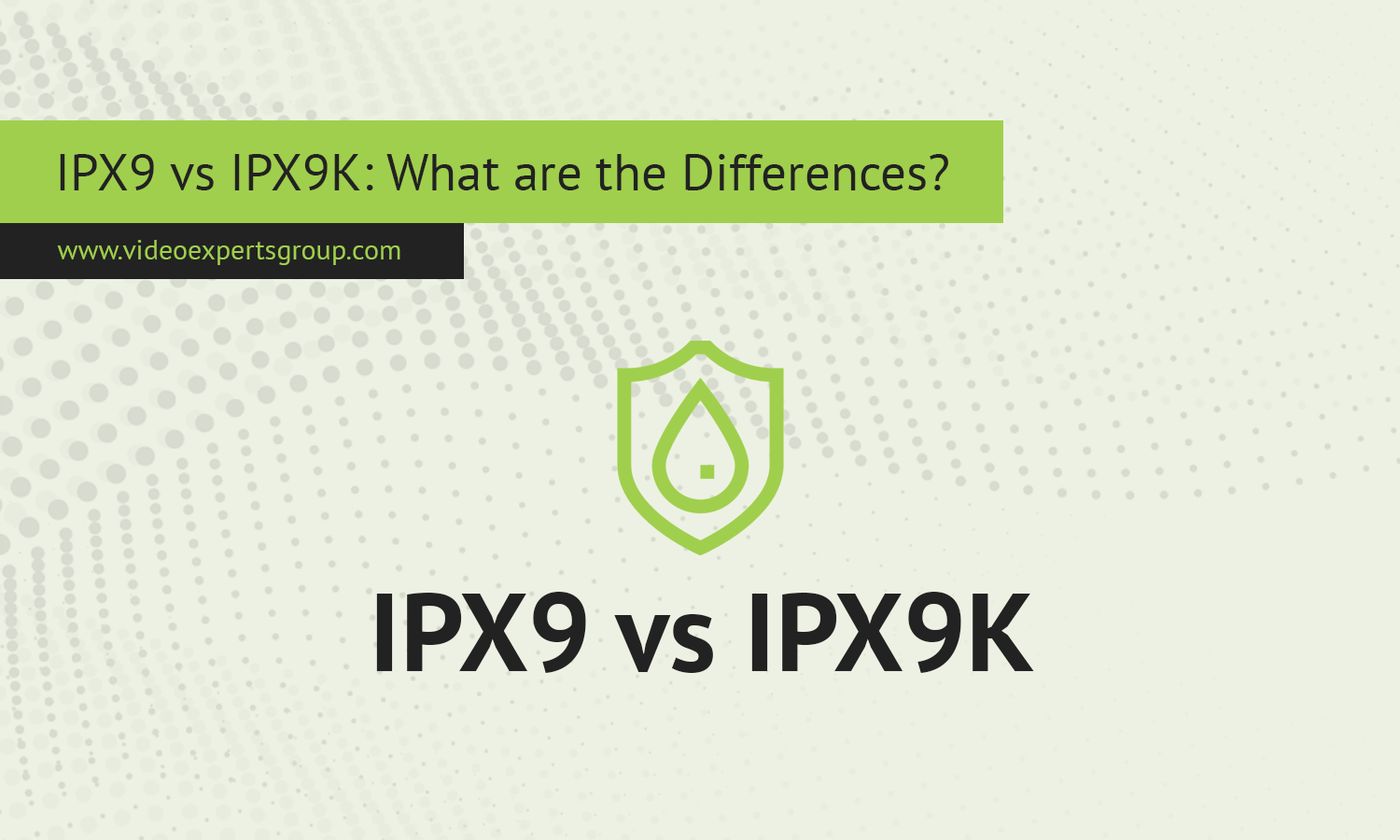Waterproof ratings are essential when assessing the durability of electronics and other equipment exposed to water. Two high-level water resistance ratings often confused are IPX9 and IPX9K. Though they sound similar, they have important distinctions. Understanding these differences can help you select the right product for specific environments where water and pressure are concerns.
What is IPX9?
The IPX9 rating refers to a product’s ability to withstand high-pressure water jets. Devices with this rating are tested for resistance to powerful water streams coming from multiple angles. The purpose of this rating is to ensure that water cannot penetrate the device, even when subjected to intense cleaning or exposure in wet environments. IPX9 provides assurance of protection, but its testing focuses on pressure rather than other extreme conditions like heat.
This rating is common for consumer electronics, outdoor gadgets, and some automotive components.
What is IPX9K?
IPX9K is a specialized, enhanced version of IPX9 that adds an additional level of protection: resistance to both high-pressure water and high temperatures. Devices with an IPX9K rating undergo rigorous testing that involves being sprayed with hot water jets (usually around 80°C) at very high pressure, simulating extreme cleaning conditions, such as those used in industrial or automotive applications.
The “K” in IPX9K comes from a standard called DIN 40050-9, originally developed for the automotive industry. While IPX9 is focused on water pressure, IPX9K accounts for both pressure and heat, making it essential for heavy-duty environments where hot water is used for cleaning or sterilization.
Key Differences Between IPX9 and IPX9K
Though both IPX9 and IPX9K deal with water resistance at high pressures, they have critical differences:
-
Temperature Factor:
- IPX9: Designed to withstand high-pressure water jets, but does not consider water temperature. The water used during IPX9 testing is generally at room temperature.
- IPX9K: Tested with high-temperature water, usually heated to around 80°C (176°F). This makes IPX9K more suitable for environments where hot water or steam is used, such as industrial cleaning processes or sterilization.
-
Testing Standard:
- IPX9: Part of the IEC 60529 international standard for IP ratings, which focuses on resistance to water penetration from splashes, immersion, or water jets.
- IPX9K: Based on the DIN 40050-9 standard, originally created for automotive components. This rating involves more stringent tests, including high-pressure, high-temperature water jets, making it applicable for heavy-duty use cases.
-
Industry Focus:
- IPX9: Primarily used for consumer and commercial products, such as smartphones, outdoor cameras, and electronics that may encounter high-pressure water in general conditions.
- IPX9K: Aimed at industrial and automotive applications, where equipment is exposed to harsher conditions like pressure washing and steam cleaning. This rating is crucial for items like vehicle components, machinery, and outdoor equipment in extreme environments.
-
Testing Conditions:
- IPX9: The testing involves water jets sprayed from four different angles at a pressure of 80 to 100 bar (1,160 to 1,450 psi) at a distance of 10 to 15 cm. The water is at room temperature.
- IPX9K: The water is not only sprayed at high pressure but also heated to 80°C, with the same test angles and pressures as IPX9. The higher temperature adds an extra layer of stress on the device's seals and materials.
Which Rating is Right for You?
Choosing between IPX9 and IPX9K depends on the environment in which the product will be used:
-
If you need protection against water jets but don't expect extreme temperatures, IPX9 should be sufficient. This rating is often found in consumer electronics that need to withstand wet environments, such as outdoor cameras, phones, and portable speakers.
-
If your device or equipment will be exposed to high-temperature water or industrial cleaning processes, IPX9K is the better choice. This rating is common in automotive components, industrial machinery, and products that are regularly subjected to pressure washing or steam cleaning.
While IPX9 and IPX9K both offer high-level protection against water ingress, the addition of heat resistance makes IPX9K more suitable for extreme environments. Understanding the differences between these ratings ensures that you select the right equipment based on the specific challenges of your working or living conditions.
















